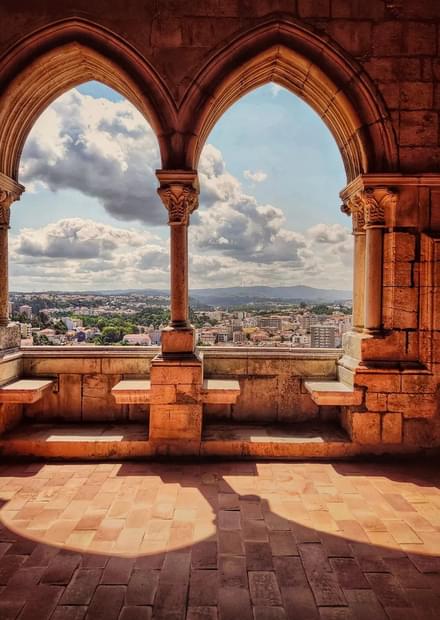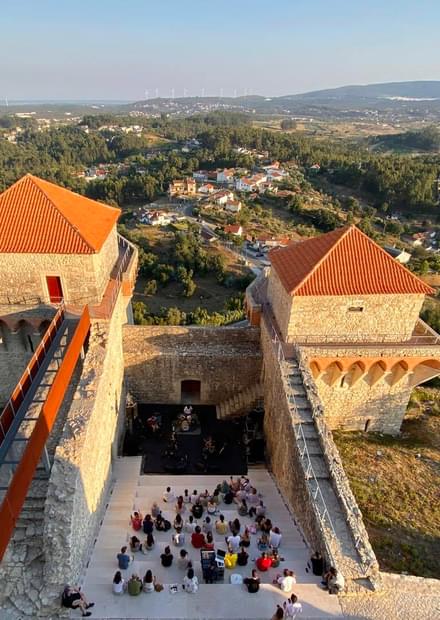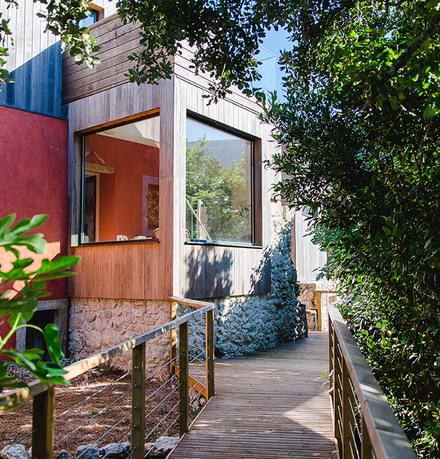The Castle of Porto de Mós, located half an hour away from Leiria, a unique architectural work, has undergone several phases throughout its history. Initially, it was a fortress tasked with controlling and monitoring the main routes crossing the Maciço Calcário Estremenho, connecting the Médio Tejo region and Alta Estremadura.
The current structure dates back to construction attributed to King Sancho I in 1200, during a period of ongoing Muslim incursions into Christian-held territory. Prior to this, a smaller Muslim watchtower likely existed in the area, which came under Christian control around 1147, during the conquests led by King Afonso Henriques, Portugal's first king. Local traditions link the castle to D. Fuas Roupinho, a figure straddling myth and history, believed to be the first governor of the village under Christian rule. Evidence of reused Roman funerary monuments suggests the presence of a significant Roman settlement or villa nearby, leveraging the region’s strategic location and proximity to Collipo (modern-day Batalha).
Over the centuries, the castle integrated military, Gothic, and Renaissance influences. Its pentagonal layout features reinforced towers at the corners and a fifth, less visible tower added during renovations by King Dinis, intended to enhance the fortress's comfort. King Dinis gifted the castle to his wife, Queen Isabel of Aragon. The two main façade towers are topped with green ceramic cones, possibly linked to Afonso, the 4th Count of Ourém.
The castle played its last military role on the eve of the Battle of Aljubarrota in 1385, housing Portuguese troops. Following the battle, King John I granted the county of Porto de Mós to Nuno Álvares Pereira, whose grandson, Afonso, further developed the castle with Italian Renaissance-inspired enhancements, giving it a palatial appearance.
Abandonment and natural disasters, including the 1755 earthquake, led to the castle's ruin. Declared a National Monument in 1910, it underwent restoration between 1936 and 1960 and further improvements in the 1990s. Recently, accessibility enhancements have been made.
Today, the castle hosts cultural events, including exhibitions, concerts, theater, and conferences. Its educational programs cater to diverse audiences, including schools, families, and groups with specific needs, offering interactive activities that promote culture and heritage, creating enriching and engaging experiences.
APP Stories and Legends of a Unique Castle
The Castle of Porto de Mós offers the "Stories and Legends of a Singular Castle" tour, an independent visit guide accessible through a web app on visitors' smartphones. This platform allows visitors to learn more about the castle through a narrative presented by Queen Saint Isabel, highlighting the monument's key features and intriguing facts.
The web app is available in Portuguese, English, French, Portuguese Sign Language, and text format, ensuring accessibility for a diversified audience.




















